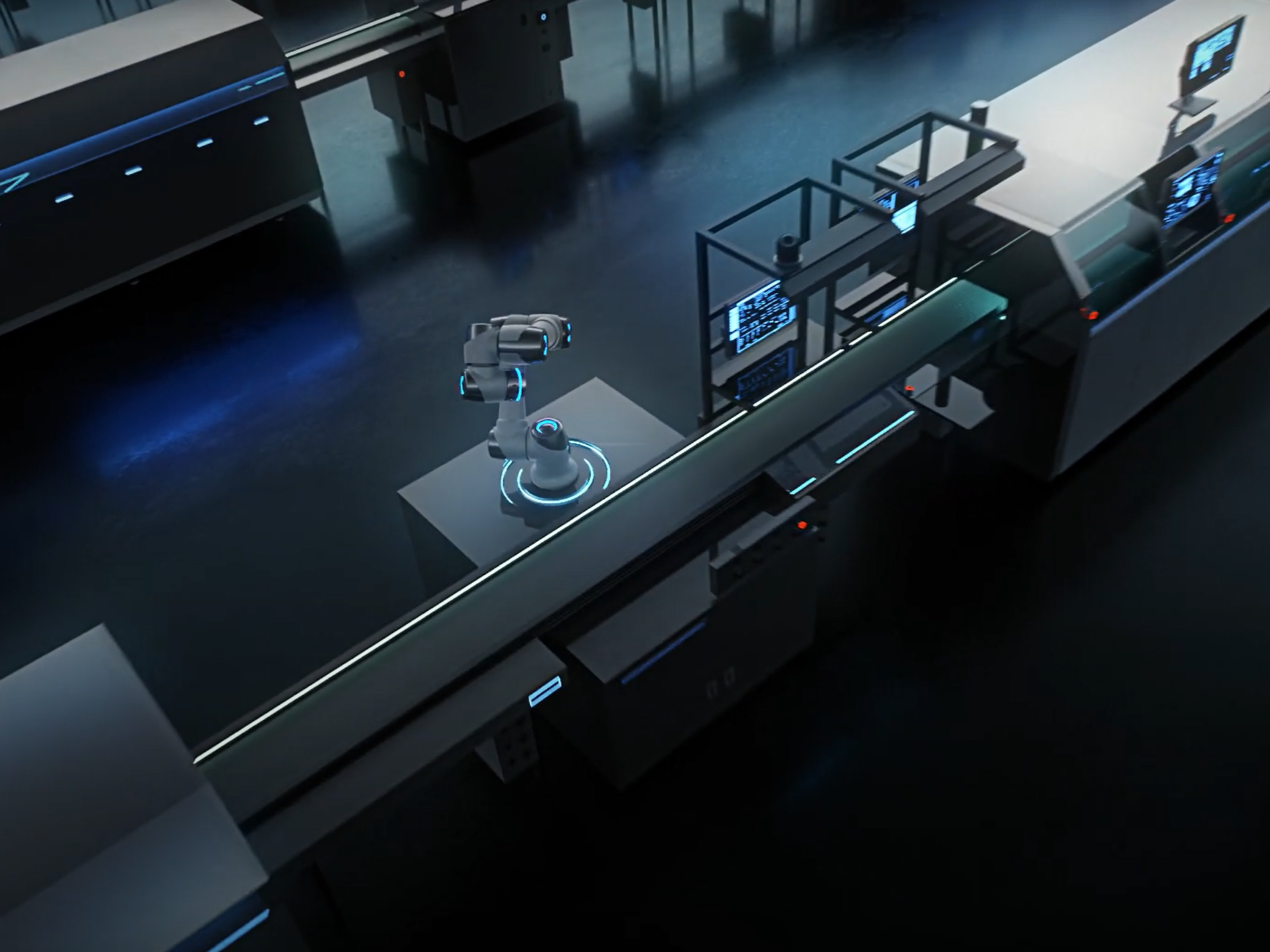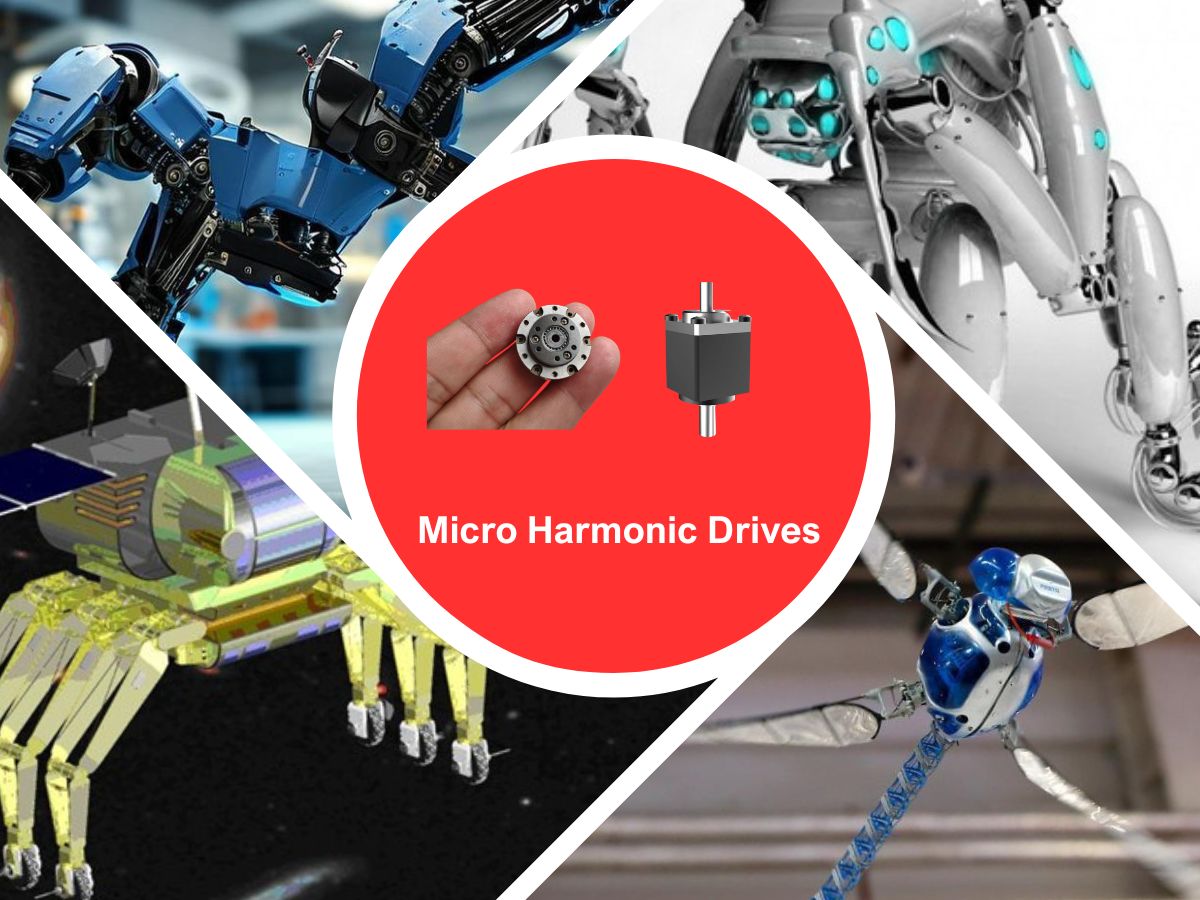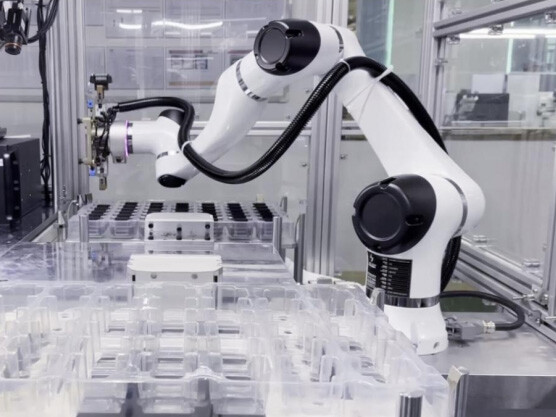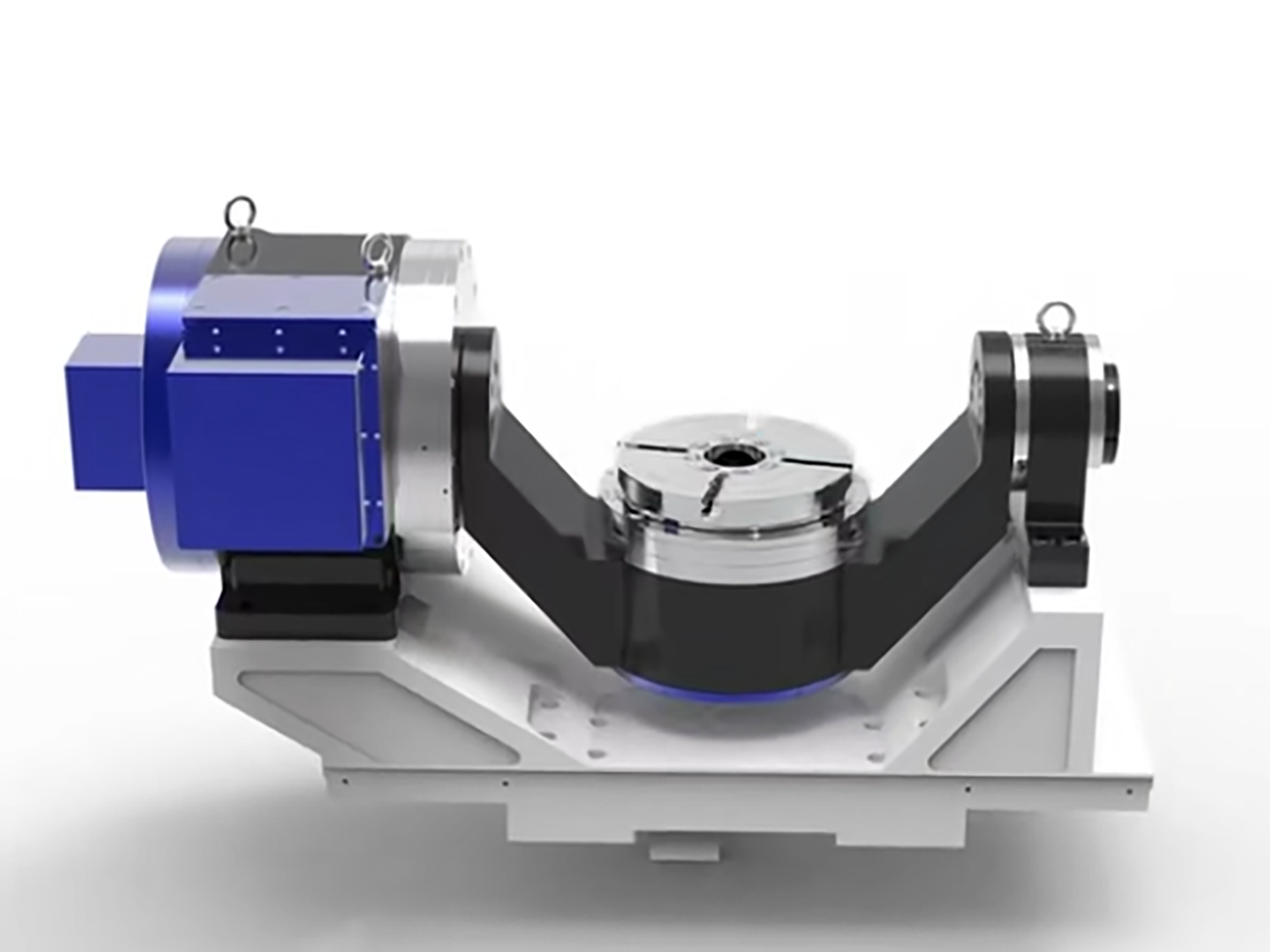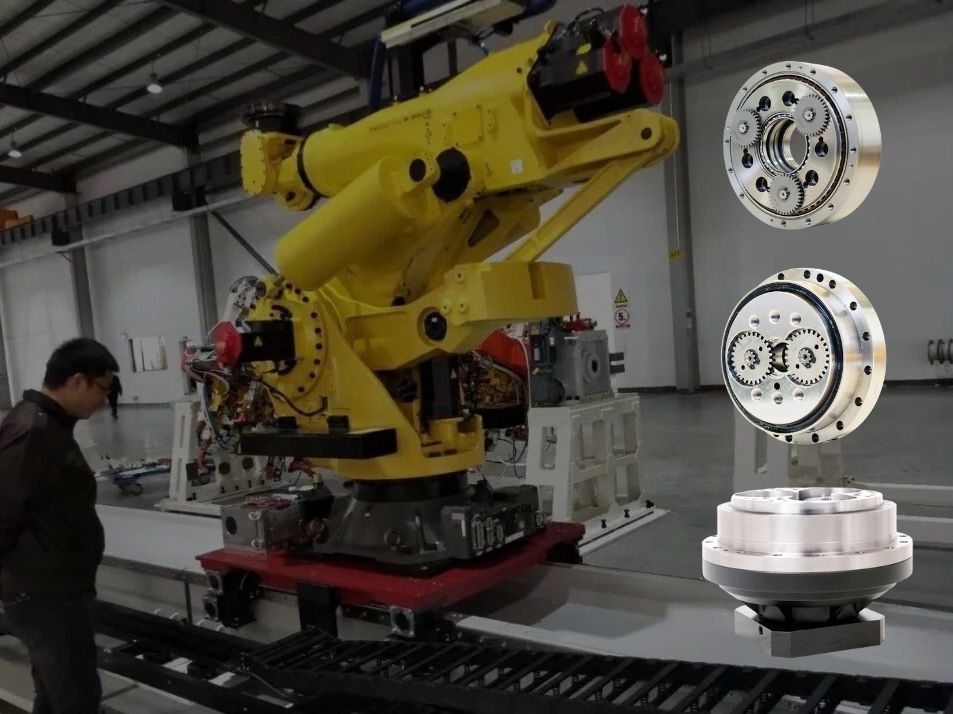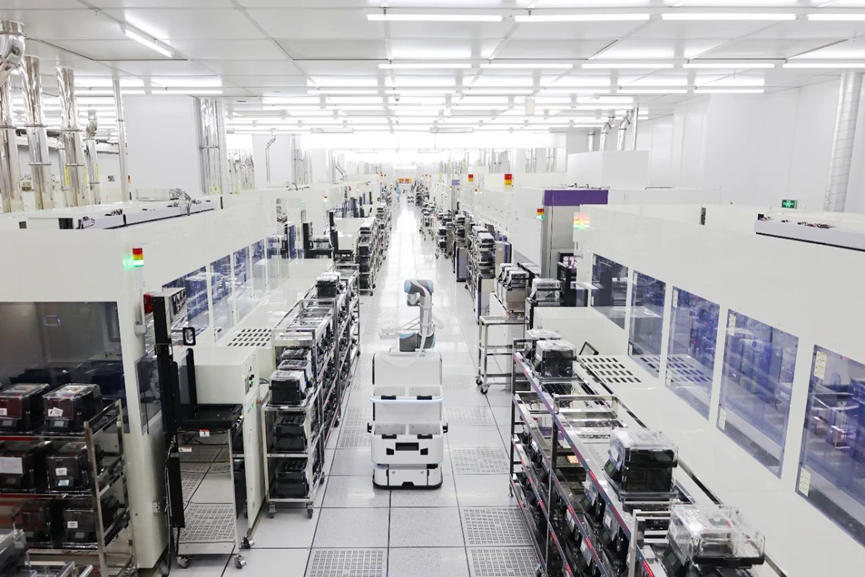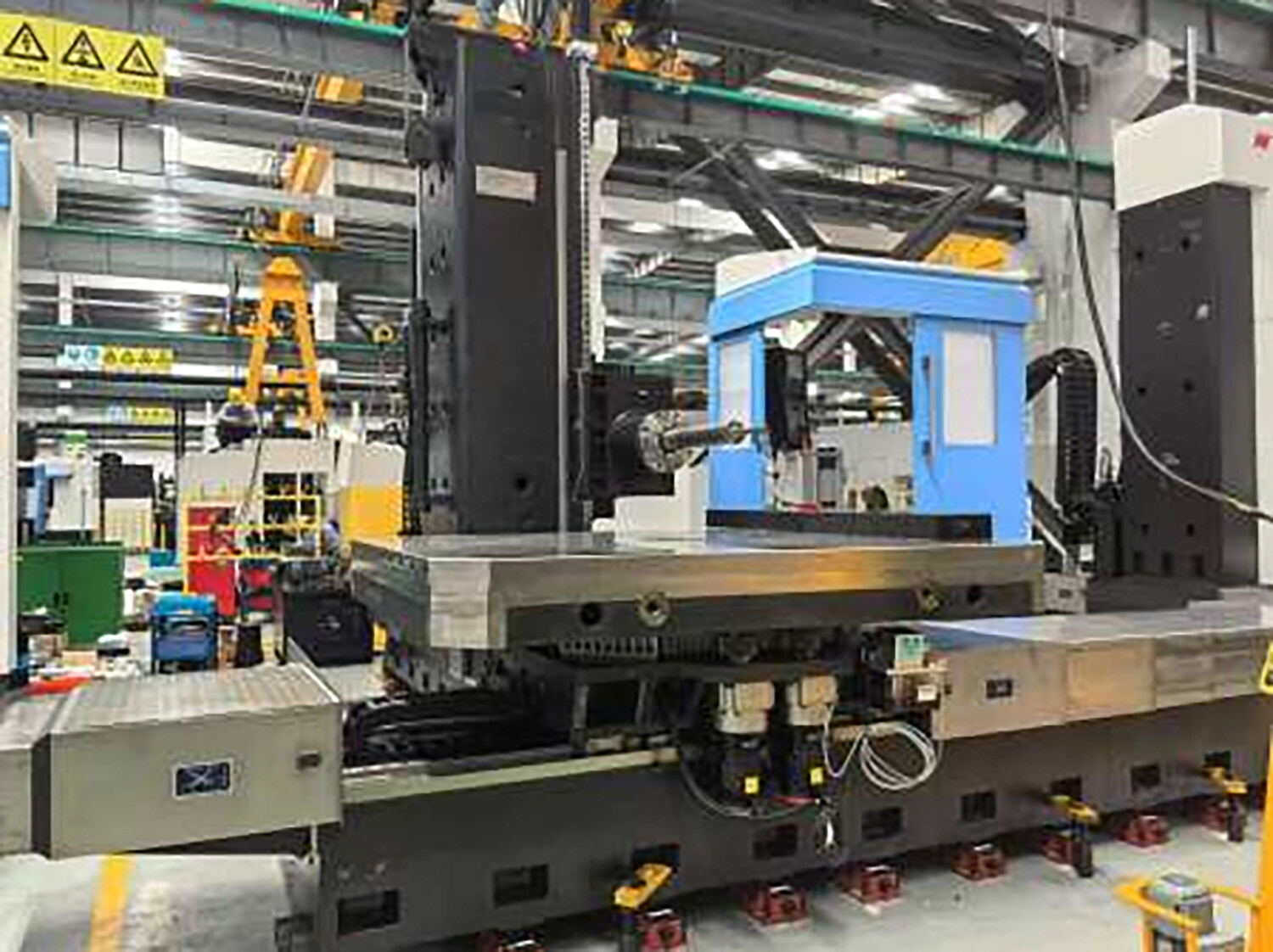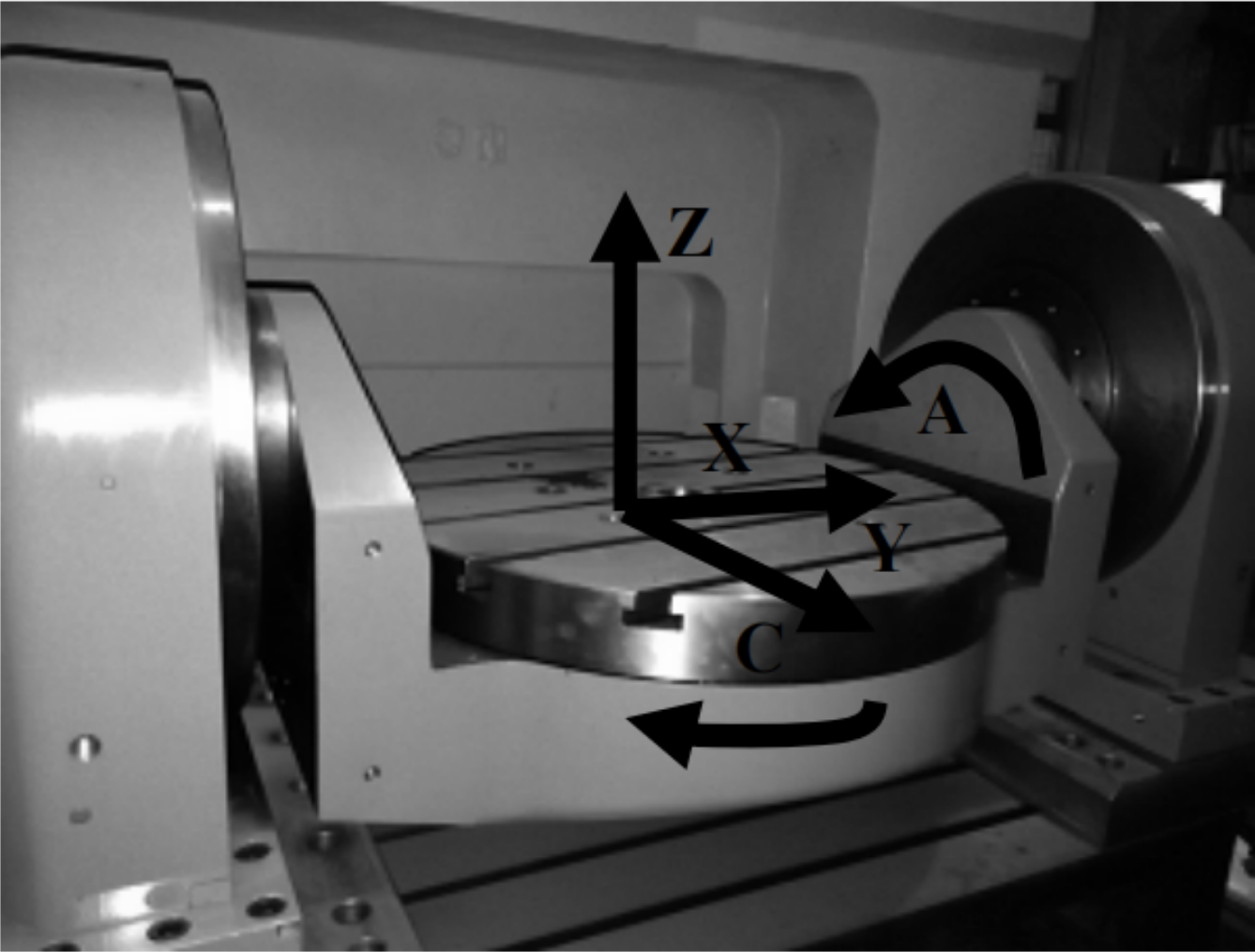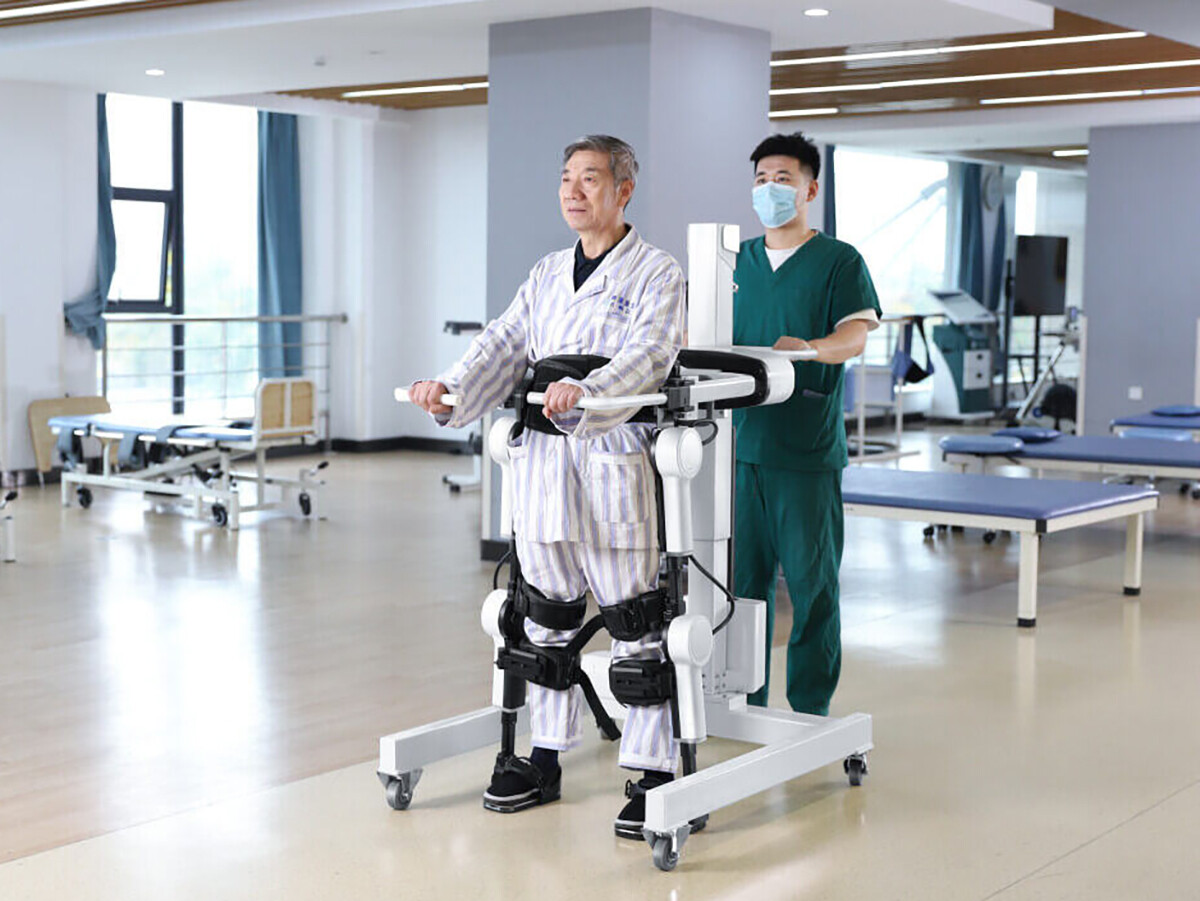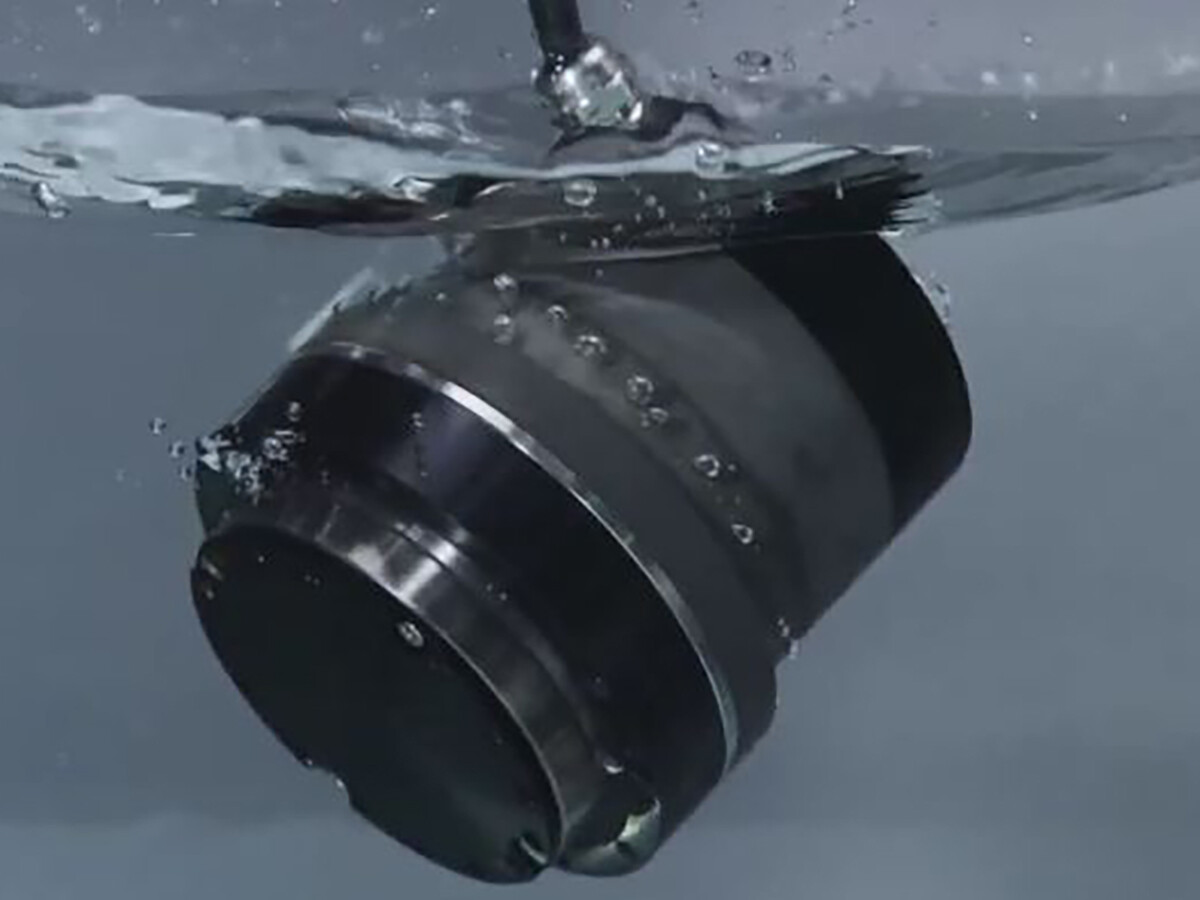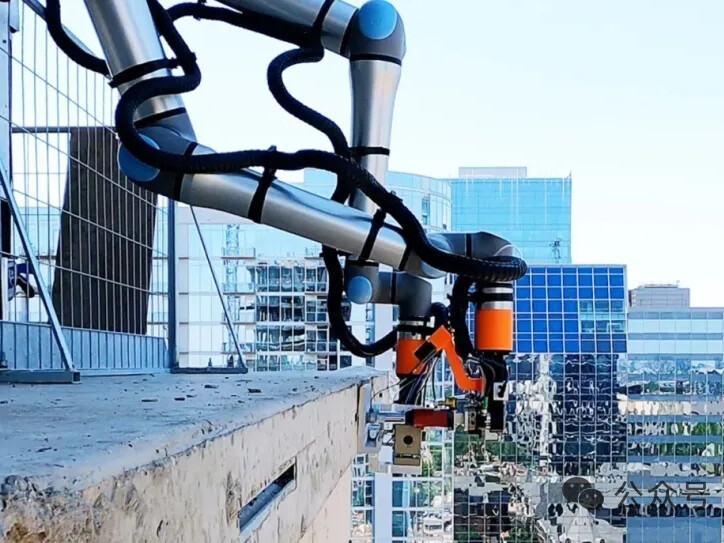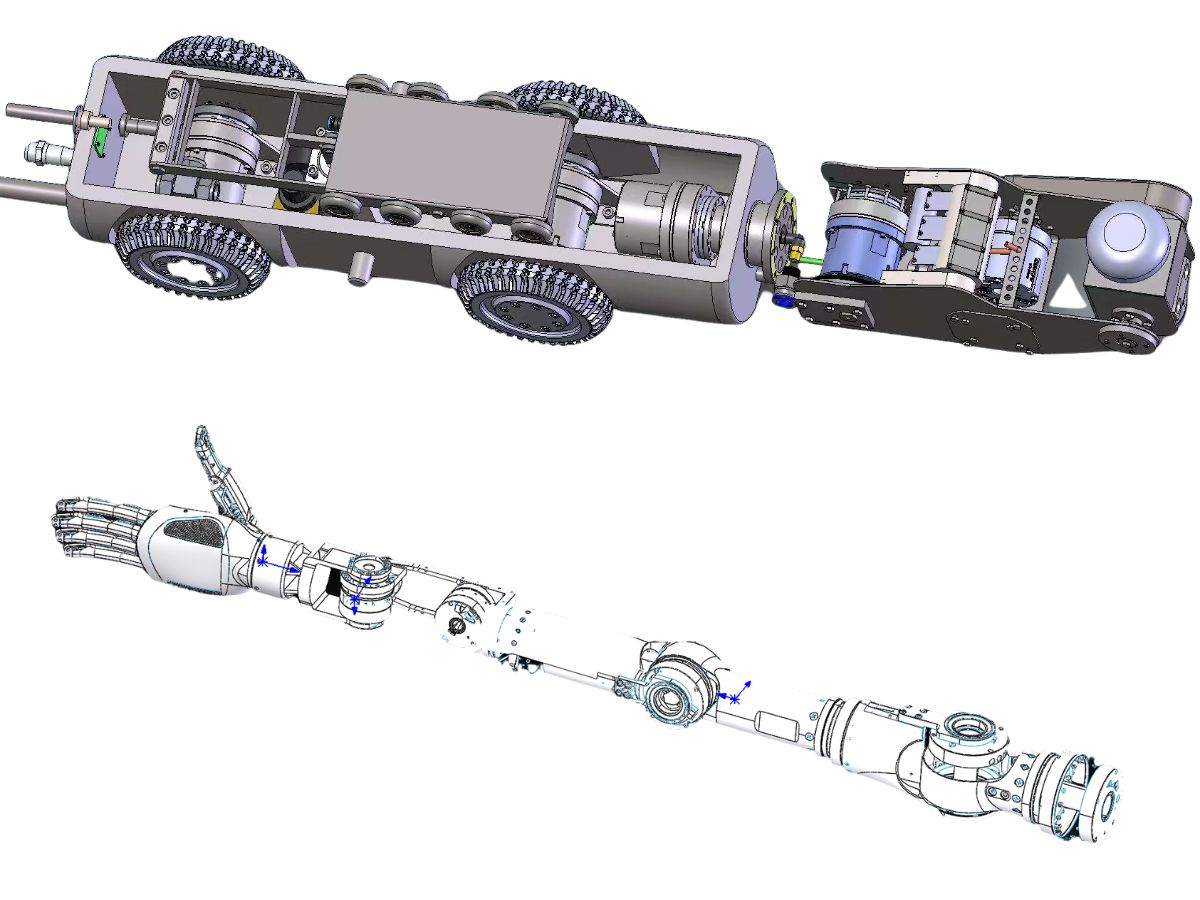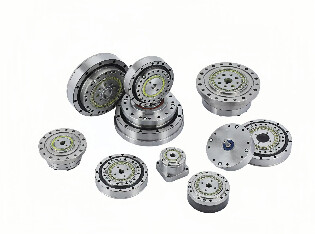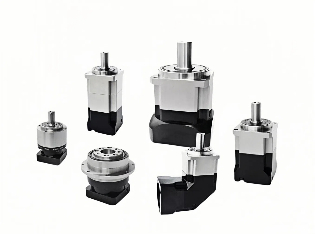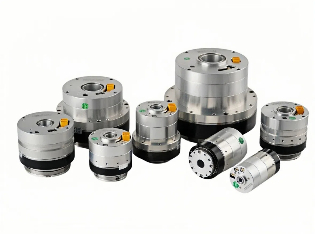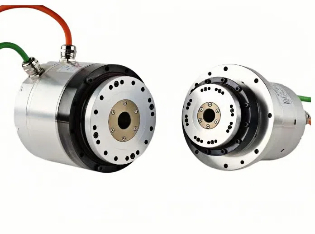Harmonic Gear Reducer and the Rise of Power Grid Robot Automation
Harmonic Gear Reducer and the Rise of Power Grid Robot Automation
Most power transmission systems operate in environments characterized by extreme temperatures, wind, rain, and ever-changing natural conditions—such as varying light intensity and wind speeds. When robots are deployed for power grid operations, they must adapt to differing voltage levels and power capacities, which in turn affect the selection, dimensions, quantity, and layout of power components—such as cable lengths, damper sizes, the number of insulators, and the overall configuration.
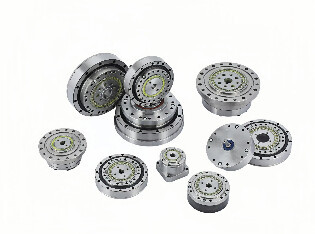
As a result, robots require a high degree of intelligence and precision to handle the variability of both the power grid system and the surrounding environment. Harmonic gear reducer—featuring zero backlash, high reduction ratios, lightweight and compact design, high positioning accuracy, and excellent reliability—are exceptionally well-suited for use in power grid robotics.
This article introduces the application of harmonic gear reducer across various types of robotic equipment used in power grid operations.
1. Humanoid Robots
Humanoid robots with safety monitoring capabilities enable 360° environmental detection and perception. They support autonomous reinforcement learning, reasoning-based decision-making, and precision control. These robots can simulate human hand functions to perform intricate tasks such as inspections, safety monitoring, and operations in substations and distribution stations—including tasks like pressing switches and handling equipment.
Humanoid robots typically feature multiple joints and demand high precision, high torque, and zero-backlash response, making harmonic gear reducers an essential component.
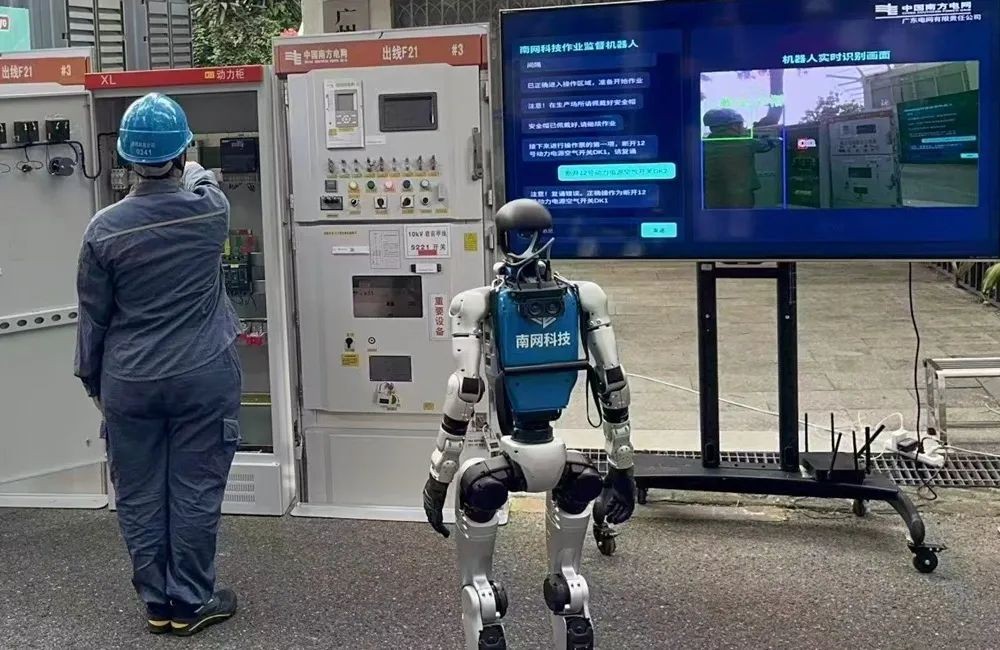
2. Indoor Drones
Indoor drones bridge the gap in intelligent inspection capabilities within enclosed power equipment spaces. Combined with outdoor drones, they form a comprehensive "indoor-outdoor integrated" inspection solution—addressing issues such as inefficiency in manual inspections and operational hazards in high-risk environments (e.g., near high-voltage equipment or in areas with toxic gases).
The gimbal stabilization and robotic arm control systems on these drones require high reduction ratios and precise positioning, which harmonic gear reducers are ideal for providing.
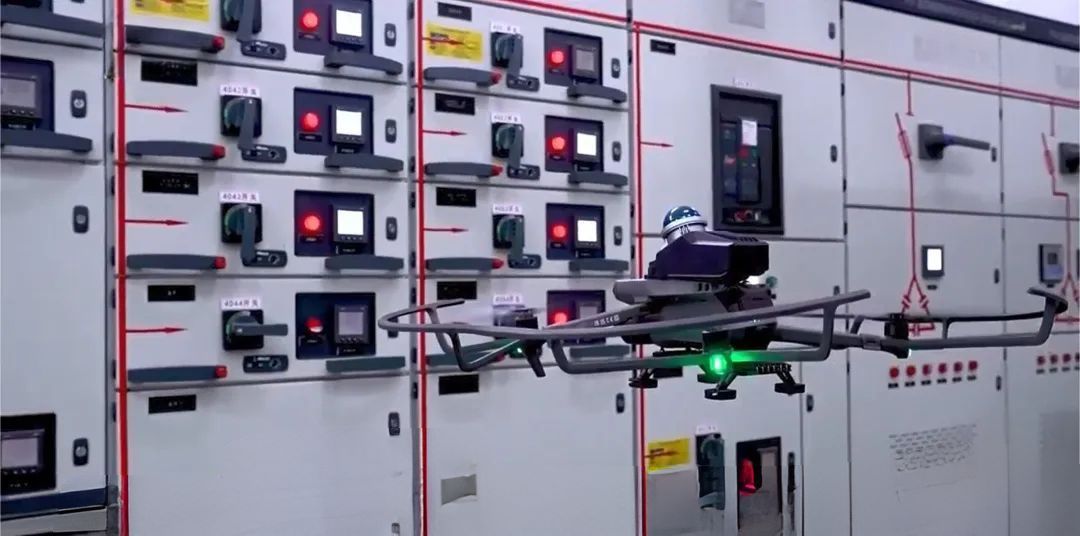
3. Quadruped Robots (Robot Dogs)
Robot dogs utilize multi-sensor fusion positioning and scene perception to autonomously perform dynamic path planning and intelligent obstacle avoidance. They can overcome 40 cm obstacles and climb stairs with ease, enabling seamless transitions between indoor and outdoor environments. These robots are well-suited for substation and distribution station inspections and operations.
Due to their multi-degree-of-freedom drives, high responsiveness, shock resistance, and compact design, harmonic gear reducers are a key requirement for their mobility systems.
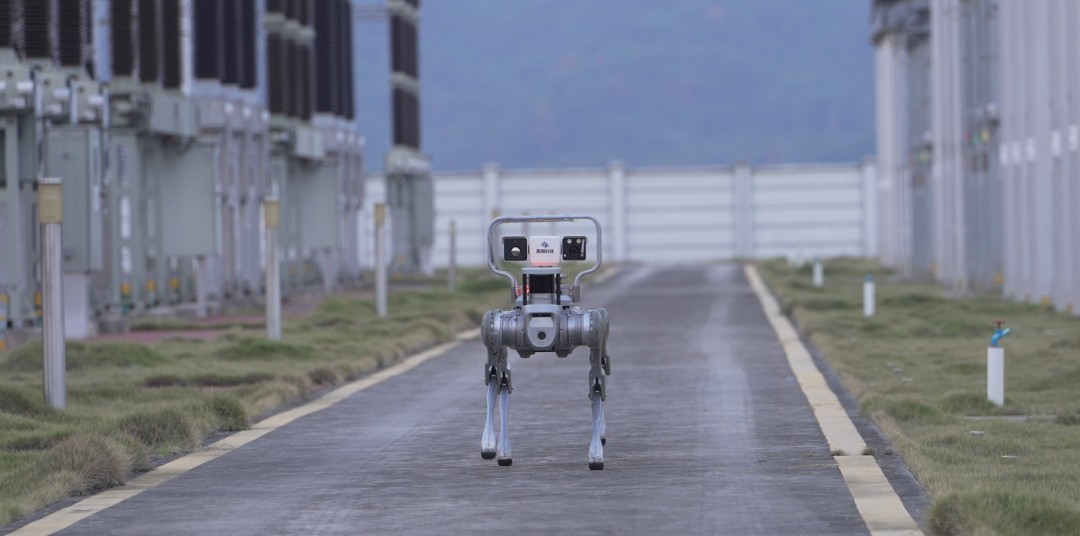
4. Drones and Mobile Hangars
Industrial-grade micro drones for power inspection, when paired with "Smart Eye" drone charging hangars, have seen widespread adoption in power transmission and distribution line inspections, substation monitoring, and emergency disaster assessment.
Key components such as the mobile hangar’s takeoff and landing platform and the cabin door rotation control arms demand high torque and high reliability. Each leg joint of these systems typically incorporates a harmonic gear reducers to ensure smooth and precise operation.
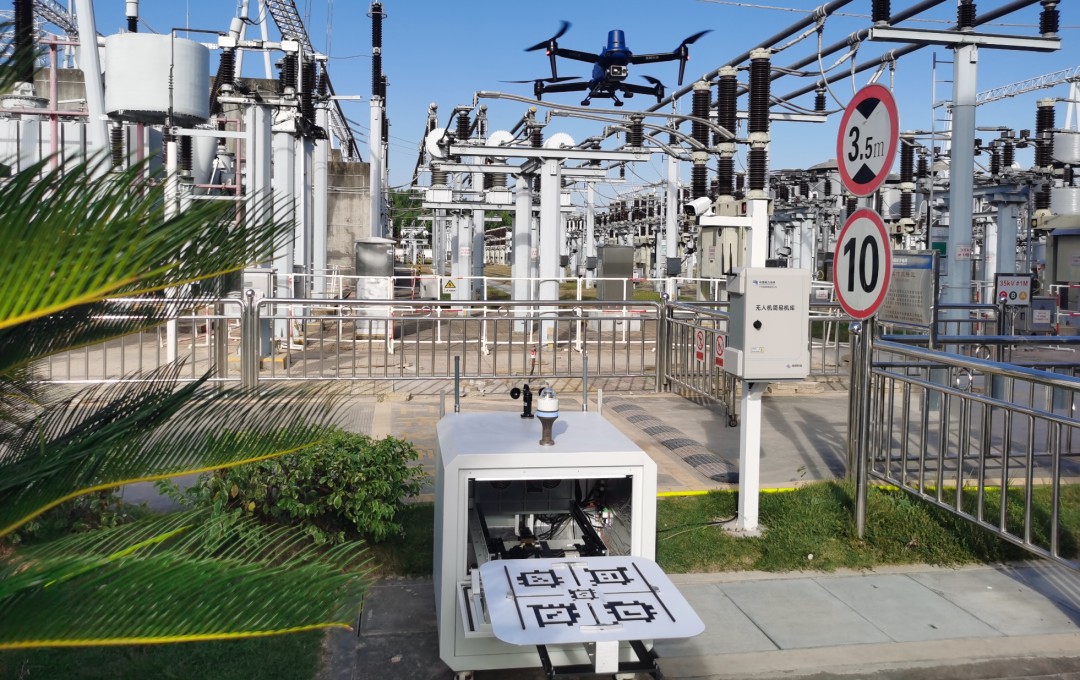
5. Lightweight Indoor Intelligent Inspection Robots
These highly reliable indoor inspection robots can autonomously detect and bypass obstacles. Equipped with intelligent inspection systems, they support flexible task programming, remote monitoring, and autonomous target inspection. They also offer features like automatic recharging and round-the-clock online monitoring, greatly enhancing the quality and efficiency of indoor maintenance operations.
Incorporating harmonic gear reducers improves the detection mechanism’s positioning accuracy and stability.
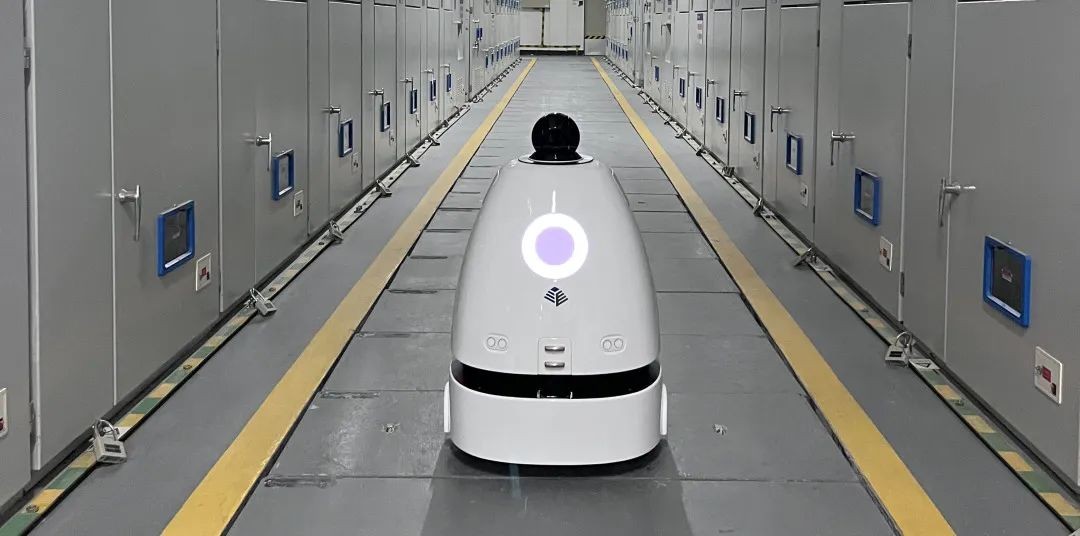
6. Distribution Network Operation Robots
Equipped with dual 7-DOF (degrees of freedom) manipulator arms and a humanoid configuration, these robots feature high-precision environmental perception systems and maintain millimeter-level operational accuracy even under complex conditions. Their built-in insulation protection eliminates the need for traditional insulation coating.
These robots can disconnect and reconnect single-phase drainage lines in just 20 minutes—three times faster than manual operations. They commonly use a harmonic gear reducer combined with a servo system for precise multi-joint arm control.
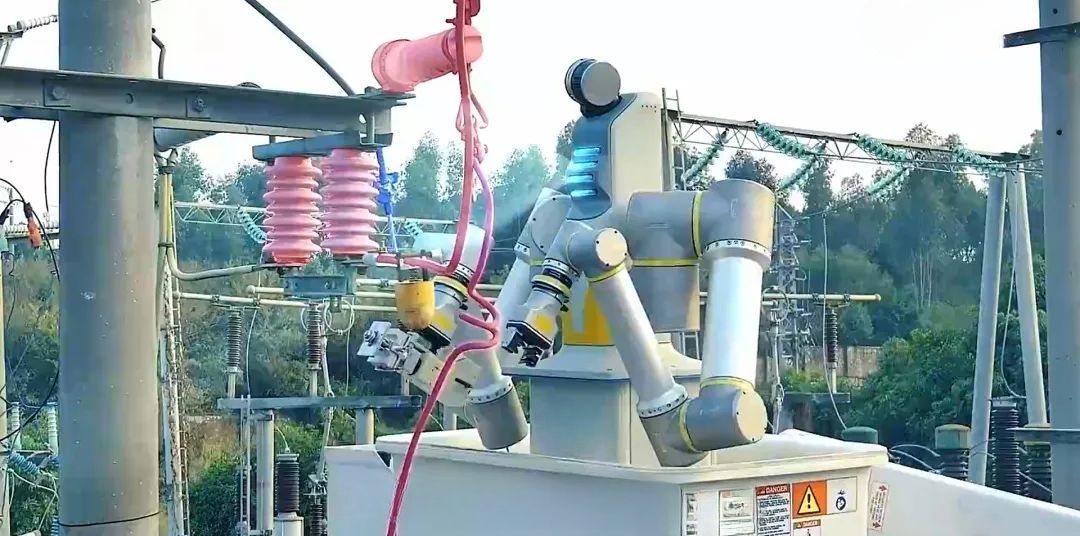
7. Powered Exoskeletons
Powered exoskeleton robots, integrated with a human behavior model for various power operation scenarios, assist workers by reducing physical strain and enhancing operational efficiency. These devices must respond precisely to human movements while ensuring safety and cooperative motion.
Harmonic gear reducers offer the ideal combination of precision and compactness for exoskeleton applications.
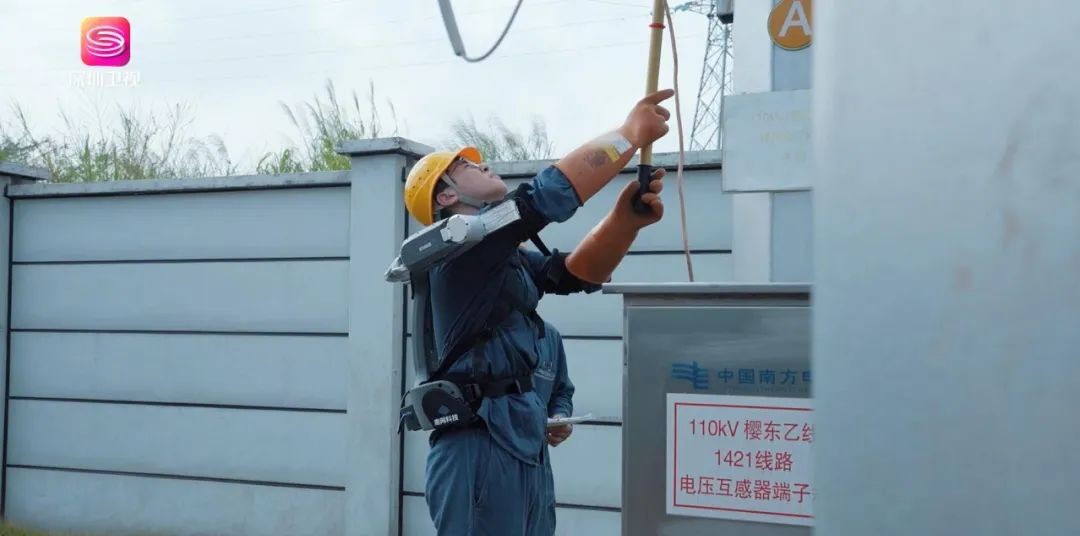
8. Water-Flushing Drones
These drones provide an efficient and intelligent solution for cleaning transmission line insulators. With an effective spray range of up to 6 meters per use, over 20 minutes of full-load endurance, and a 30kg water-carrying capacity, they can clean at least two strings of 220kV insulators per mission—achieving more than three times the efficiency of manual cleaning.
The APP-based interactive system allows for real-time video monitoring and precise remote adjustment of spray direction. The nozzle’s orientation requires stable control, making a lightweight harmonic gear reducer structure the optimal choice.
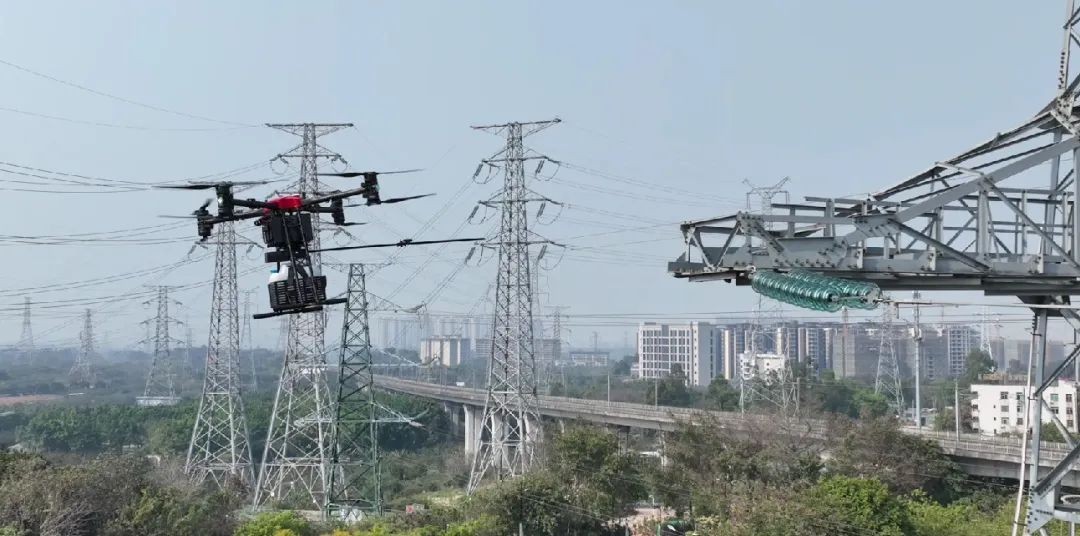
9. X-ray Inspection Drones
These drones overcome major technical challenges in high-voltage insulation, electromagnetic interference suppression, and long-distance image transmission. They operate safely in live 500kV environments and replace manual non-destructive testing for components such as tension clamps and joint sleeves. They can accurately detect hidden defects like broken strands and voltage leaks.
Compared with traditional power-off detection, a single operation can reduce outage time by more than 8 hours. Their stable pan-tilt systems and precise positioning requirements make harmonic gear reducers indispensable.
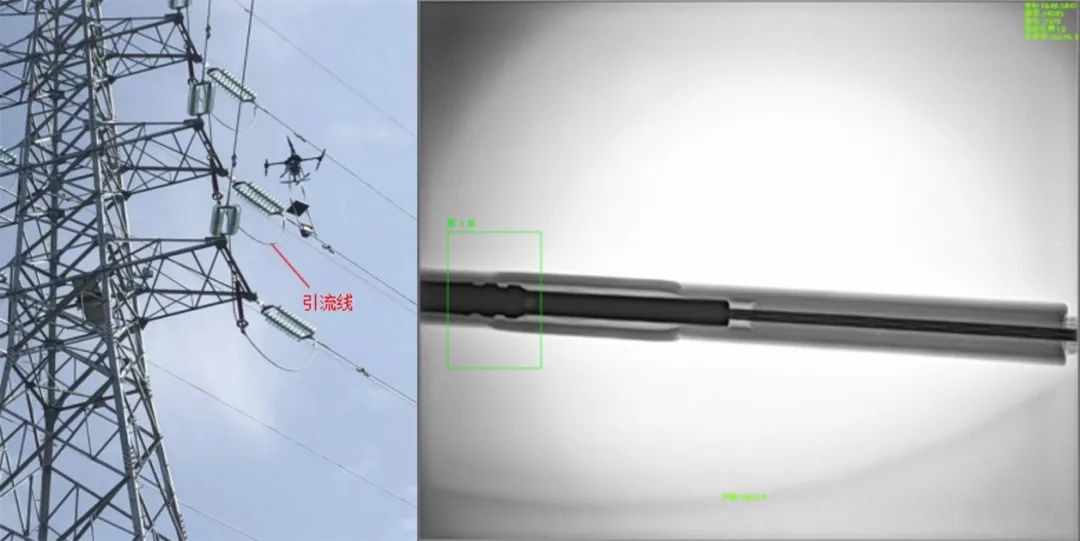
10. Other Applications
Harmonic gear reducers are also critical components in various other power grid robots, including:
Intelligent substation operation robots
Live working robots
Cable tunnel inspection robots
Tower-climbing robots
High-altitude rail inspection robots
Foreign object removal robots for transmission lines
High-voltage line disconnector operation robots
Transmission tower assembly robots
Ground container substation maintenance robots
If you are a researcher or developer of power grid equipment, we invite you to explore collaboration opportunities with HONPINE. As a comprehensive supplier of harmonic gear reducerS—integrating production, sales, and R&D—HONPINE offers a complete range of models and robust technical support.
Double Click
Products Catelog
